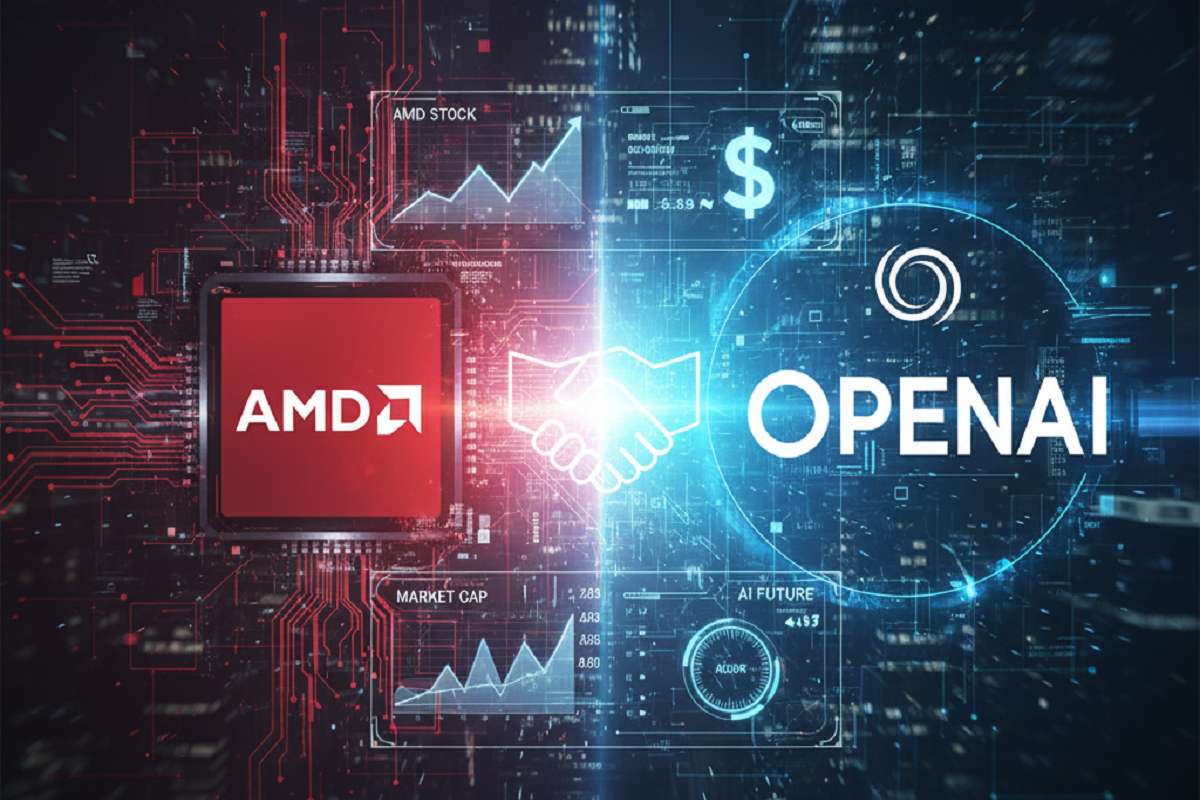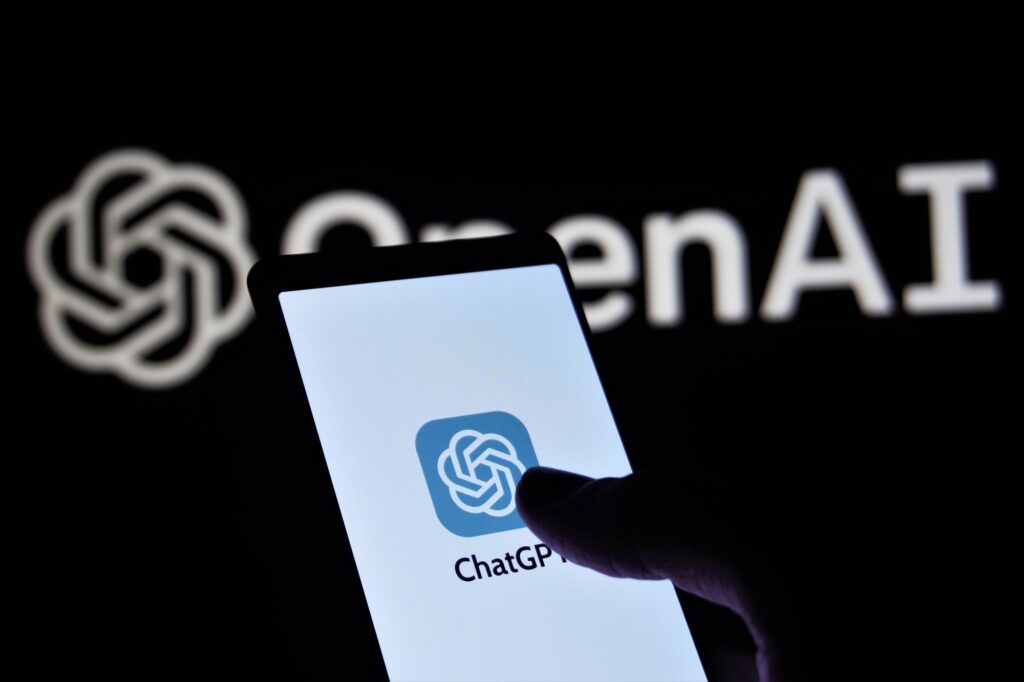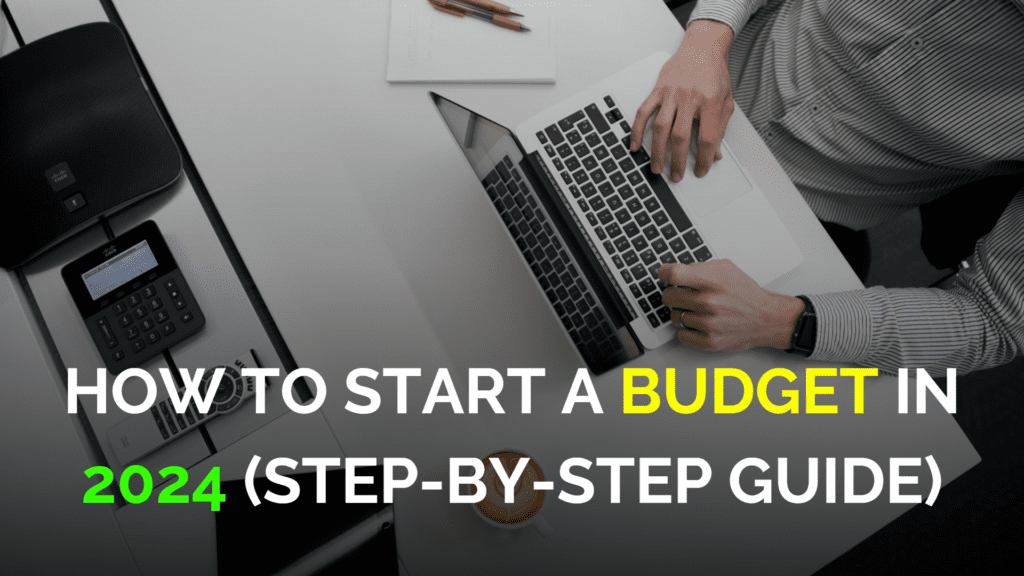Major AMD–OpenAI Deal Sends Shares Soaring
In a landmark announcement, AMD partners with OpenAI in a multi-year agreement to supply AI chips, triggering a surge in AMD’s stock and reshaping competitive dynamics in the semiconductor sector. The deal calls for deployment of 6 gigawatts of AMD GPUs, beginning with a 1 GW rollout in the second half of 2026.
OpenAI also received a warrant to purchase up to 160 million shares of AMD, potentially amounting to a 10 percent stake if milestones are met. This strategic tie-up propelled AMD’s share price upward by more than 20 percent in intraday trading.
Background: The AMD–OpenAI Partnership
Under the agreement, OpenAI will source its AI computing power from AMD’s Instinct MI450 GPUs across multiple generations. The first 1 GW deployment is slated for H2 2026, with scale-ups continuing to reach the full 6 GW.
To align interests, the warrant’s vesting is tied not only to deployment but also to AMD share price targets and technical/commercial milestones. The deal comes at a time when OpenAI is diversifying its hardware suppliers beyond its existing engagements, particularly its high-profile partnership with Nvidia.
Analysts view this partnership as a bold move by AMD to penetrate the AI infrastructure space and challenge Nvidia’s dominance. In fact, investment firms like Jefferies upgraded AMD’s rating post-deal, seeing strong revenue upside.
Market Reaction, Valuation & Analyst Outlook
The market responded swiftly. AMD’s stock jumped over 20–25 percent in premarket and early trading, making it one of the day’s top performers on the S&P 500. This rally added tens of billions in market capitalization to AMD.
Analysts have moved quickly to revise forecasts. Jefferies, for example, raised its price target from $170 to $300 and upgraded its outlook. Meanwhile, other firms raised targets while noting execution risk remains high.
In a note, Jefferies argued that each gigawatt could correspond to $15 billion in revenue and boost AMD’s earnings per share materially, while Citi estimated scenario upside depending on deployment speed.
However, some observers caution that much of the value is baked in prematurely. Deployment timing, supply chain challenges, and hardware performance will be critical.
Strategic and Industry Implications
Diversifying AI Compute Partners
By forging this deal, AMD partners with OpenAI in a way that reduces OpenAI’s dependence on a single supplier. The move may encourage more competition among AI chipmakers, pushing innovation.
Competitive Pressure on Nvidia
The AMD–OpenAI partnership challenges Nvidia’s long-held position atop AI compute. As AMD stakes its claim, Nvidia could face pricing pressure or need to accelerate next-gen architectures.
Risks and Execution Challenges
Realizing the revenue potential depends on deploying the full 6 GW on schedule, securing power & cooling infrastructure, and meeting performance targets. Scaling to such levels is an immense undertaking.
The link between ASIC architecture, software optimization, and supply chain resilience will be tested. Whether OpenAI and AMD can execute flawlessly may define winners in the new AI arms race.
What It Means for Investors & Industry Watchers
For investors, AMD partners with OpenAI has shifted the narrative: AMD is no longer just a CPU/GPU contender, but a serious AI infrastructure player. The elevated expectations raise valuation risk but also potential reward.
The deal also reinforces how AI hardware is now a strategic battleground. Tech companies and governments may probe deeper into chip independence, investment in domestic capacity, and diversification of compute ecosystems.
End users and developers may benefit from greater innovation, reduced compute costs over time, and more resilient supply options. As AMD and OpenAI proceed, the ripple effects across data centers, cloud providers, and AI startups will be watched closely.
FAQs
It means AMD will supply OpenAI with up to 6 gigawatts of GPU compute over multiple years and has granted OpenAI a warrant to acquire up to 160 million AMD shares.
AMD’s stock surged 20–25 percent (and in some intraday trading up to 38 percent) upon announcement, adding tens of billions in market value.
Not yet. OpenAI received a warrant to buy up to 160 million shares at $0.01 per share, contingent on meeting deployment and price targets. Only if those milestones are reached would OpenAI gain up to ~10 percent stake.









